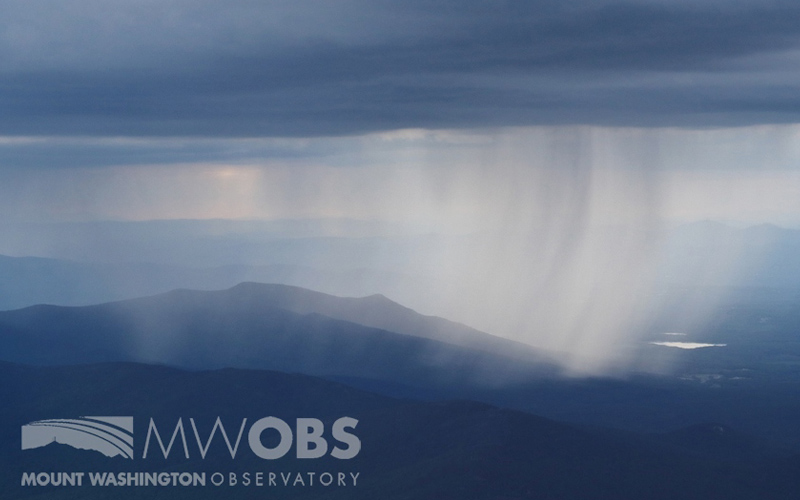Citizen Science Puts Weather Reporting in Your Hands

Ryan Knapp, Weather Observer & Meteorologist
A Glimpse of Cooler Weather
A Glimpse of Cooler Weather 2020-08-24 16:07:36.000 - Nicole Tallman, Weather Observer/Education Specialist Earlier in this shift, the overnight lows were dipping into the mid-30s. Morning observations were a bit more brisk than what I have been used to since being back on the Rockpile. While
Some Notes on Baking at Altitude
Some Notes on Baking at Altitude 2020-08-17 09:11:30.000 - Nate Iannuccillo, Weather Observer/Education Specialist A couple weeks ago, during the first installment of the Observatory’s Science in the Mountains series, I mentioned that I had a sourdough starter that I take with me up and down
A Brief Geologic History of The Whites
A Brief Geologic History of The Whites 2020-08-10 16:23:35.000 - Nicole Tallman, Weather Observer/Education Specialist After hearing word of a North Carolina earthquake that occurred this past Sunday I was reminded of my second passion, Geology. I started diving into the “shakemap” from the USGS website
Heating Up for Seek the Peak!
Heating Up for Seek the Peak! 2019-07-18 17:07:43.000 - Ian Bailey, Weather Observer/Education Specialist We are officially less than 24 hours away from Seek the Peak 2019!!!! The Observatory is buzzing with excited energy
‘Twas the Night Before Shift Change
'Twas the Night Before Shift Change 2019-07-16 08:42:59.000 - Emma Penafiel, Summit Intern T’was the night before shift change, when all through the MWobs, Not a creature was stirring, except Ryan taking the obs*.
Visiting the Jefferson Snow Patch
Visiting the Jefferson Snow Patch 2019-07-12 05:29:57.000 - Ryan Knapp, Weather Observer/Staff Meteorologist During our previous shift on the summit, my coworkers and I discussed where and when we would hike in our off-week.

